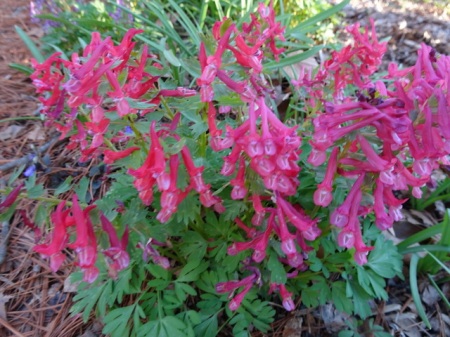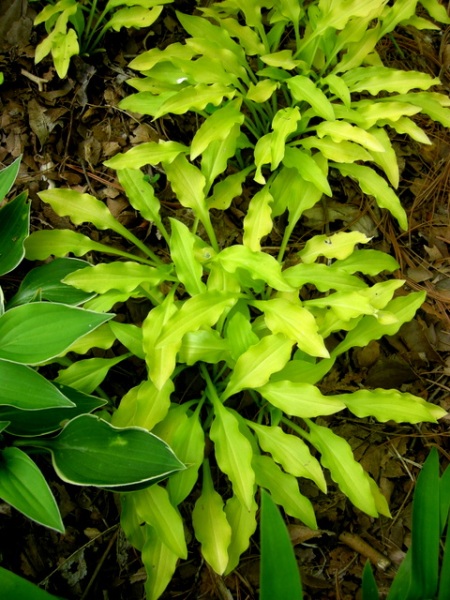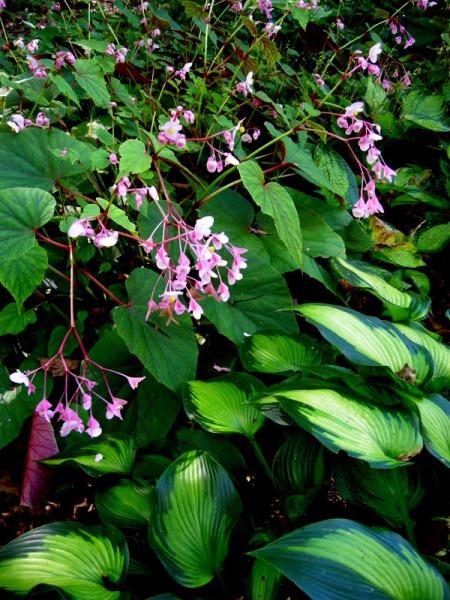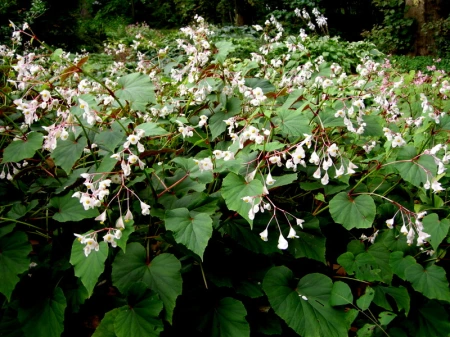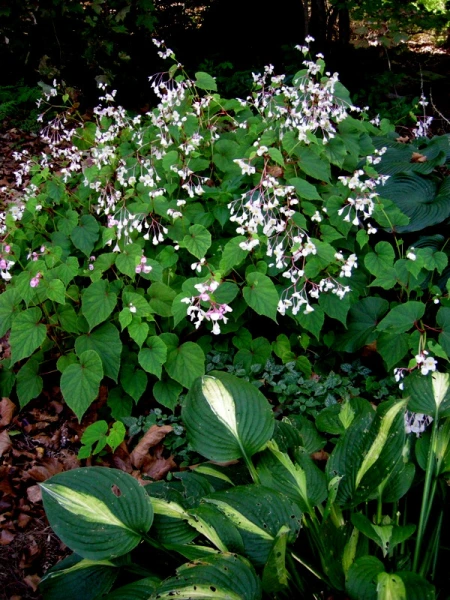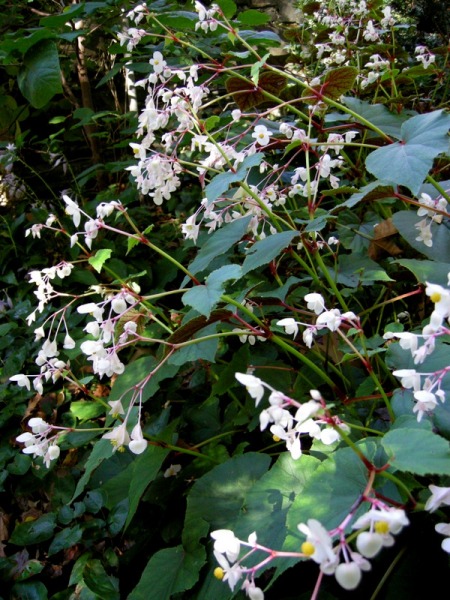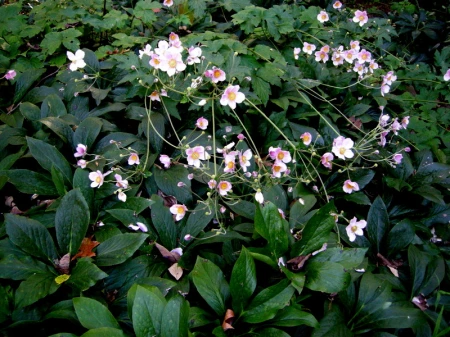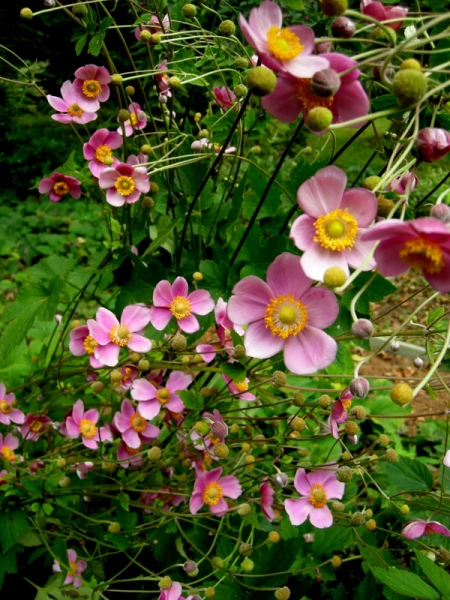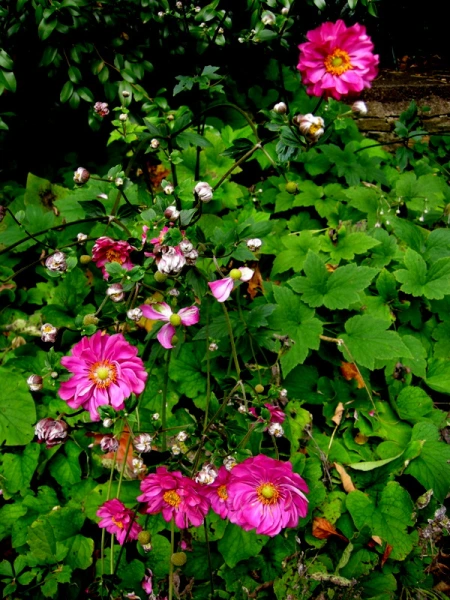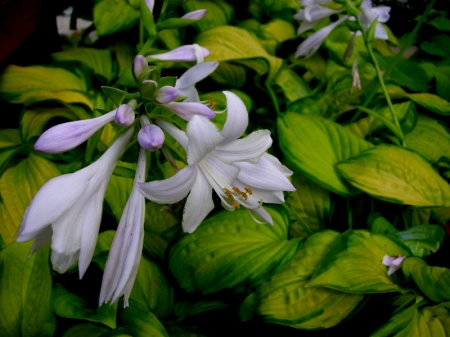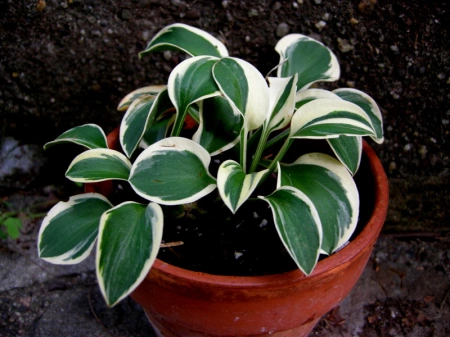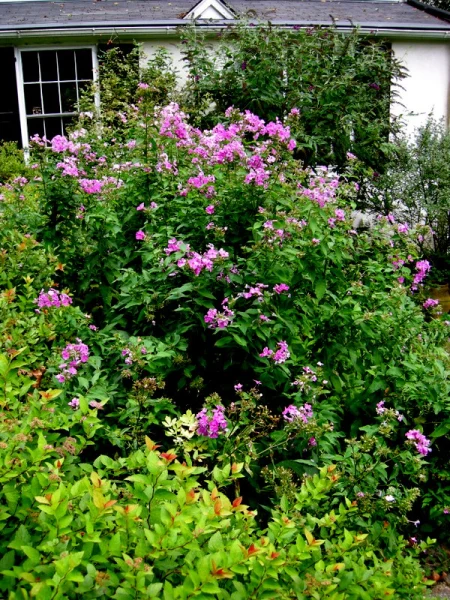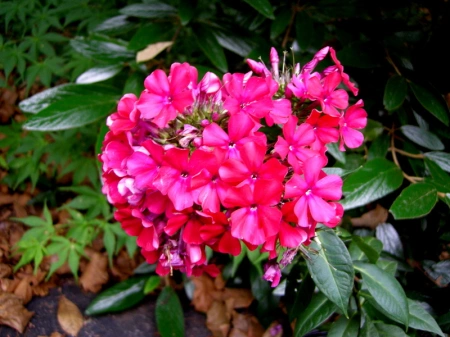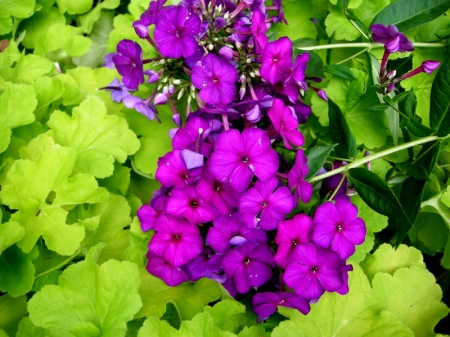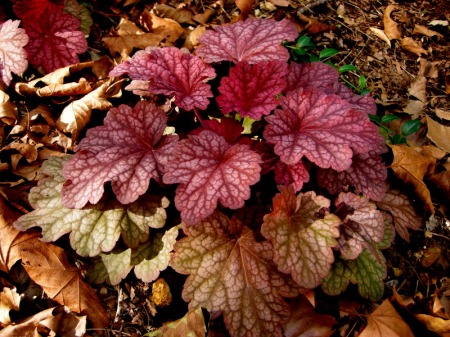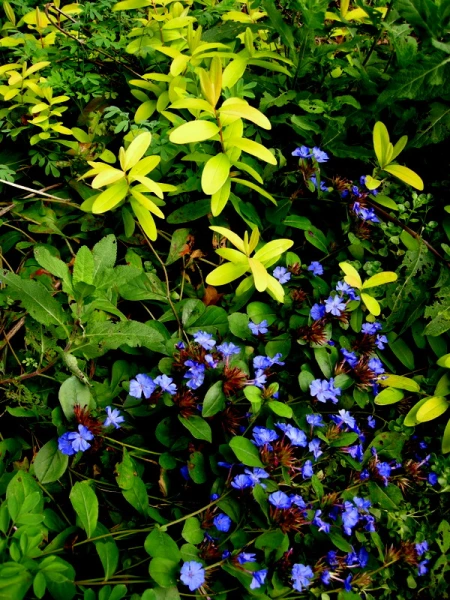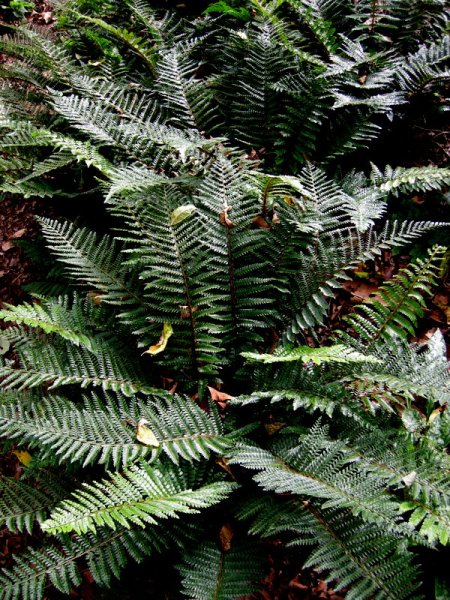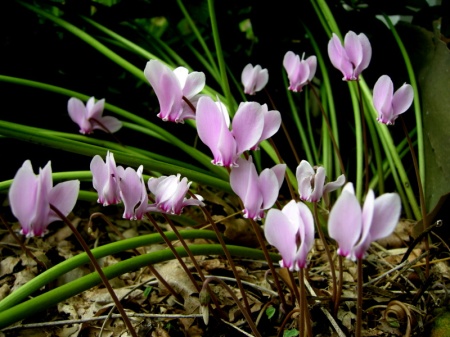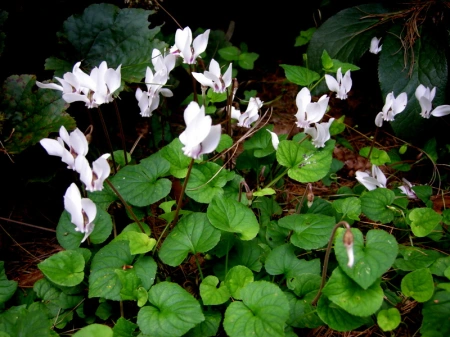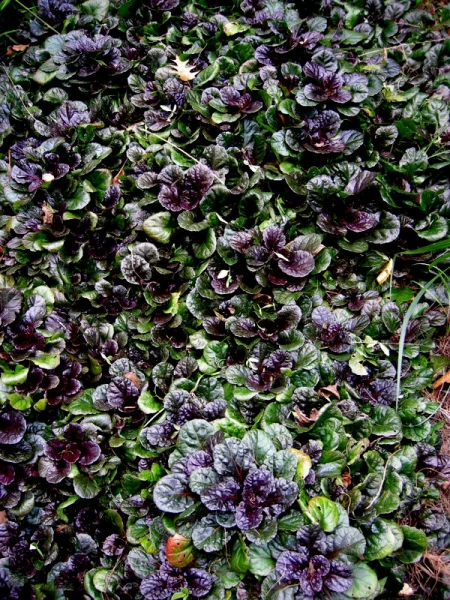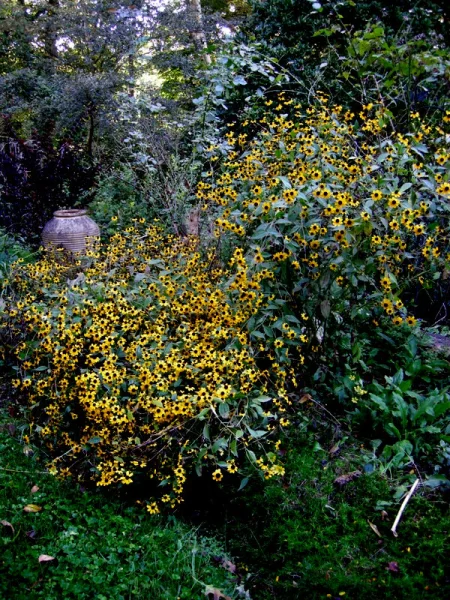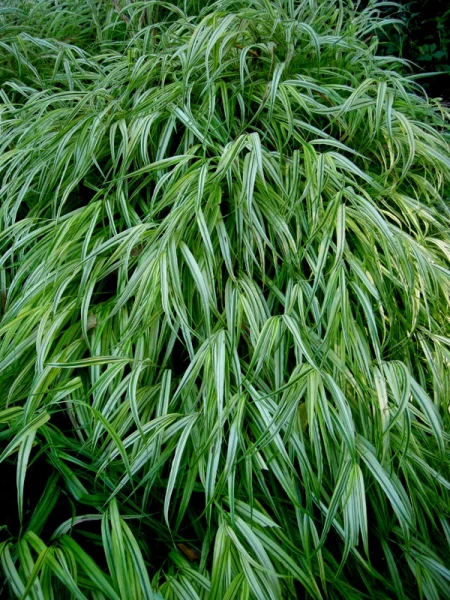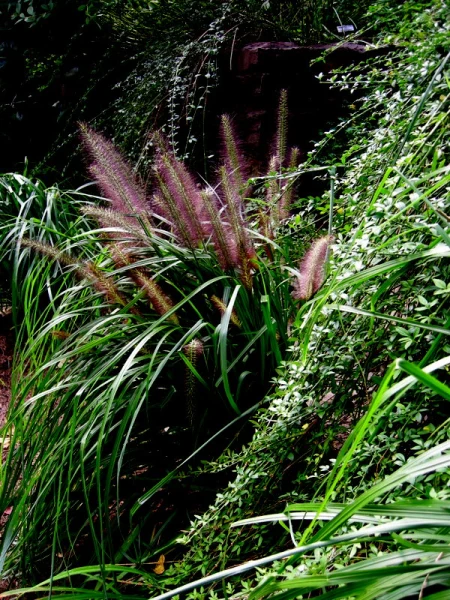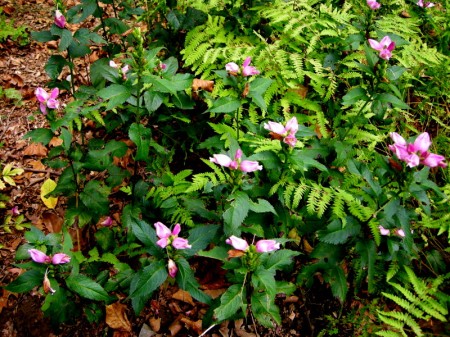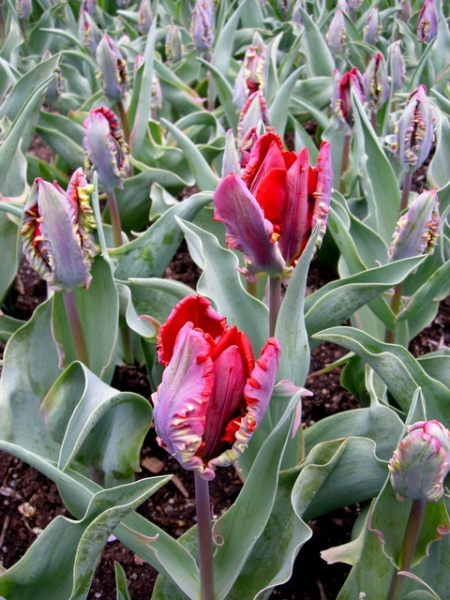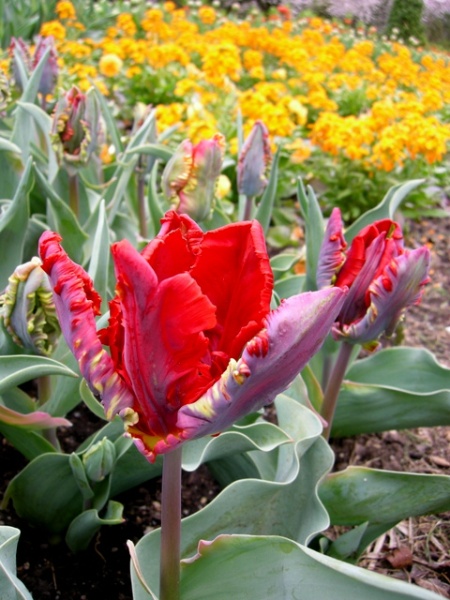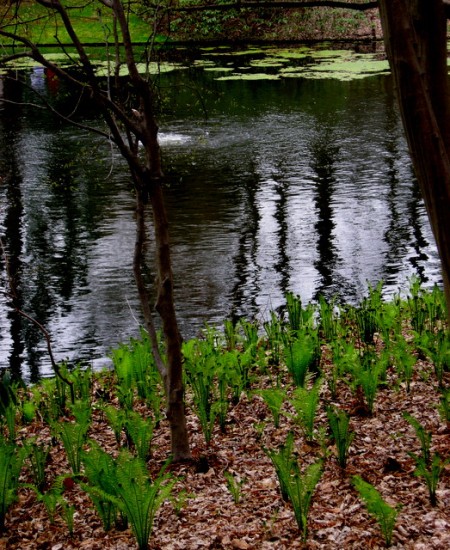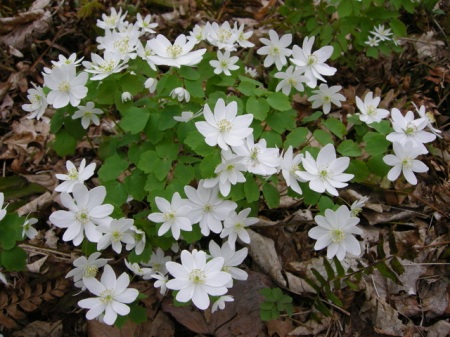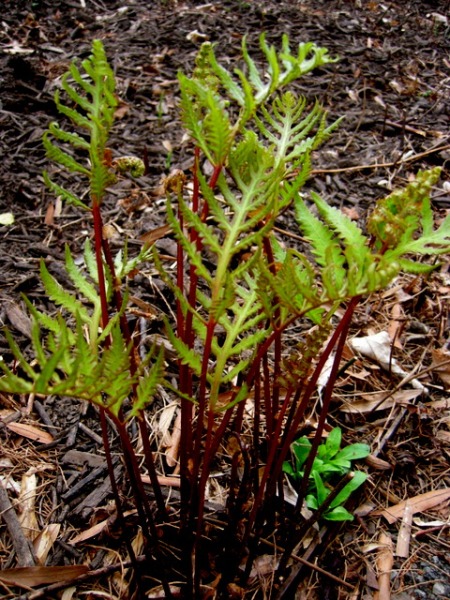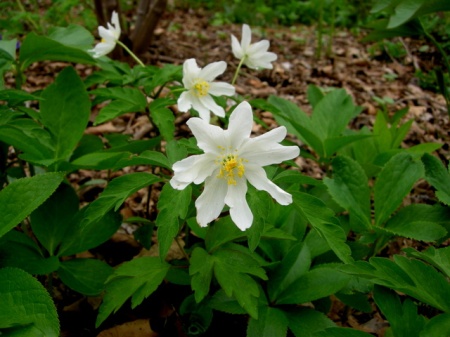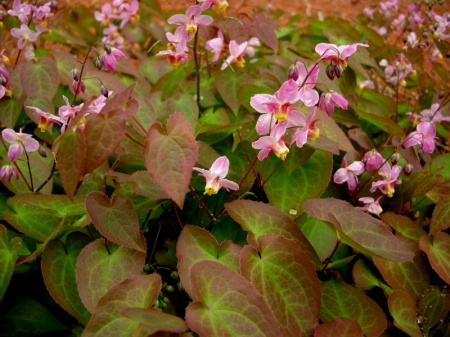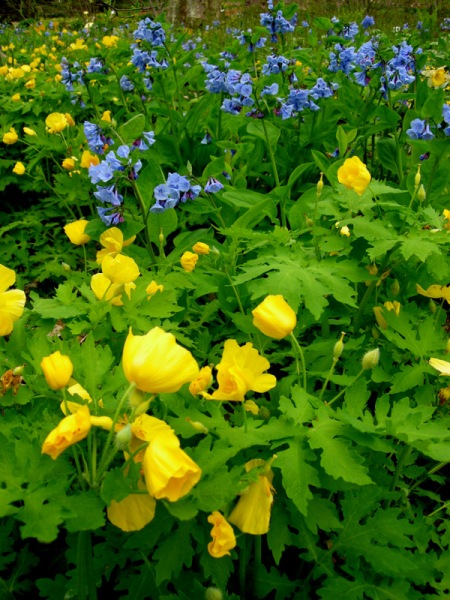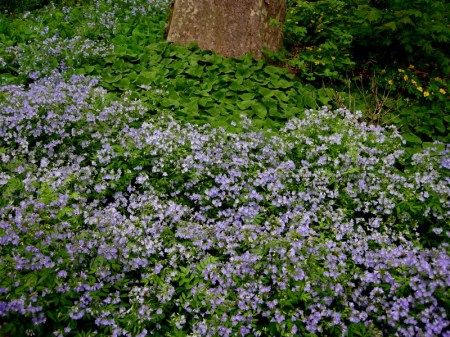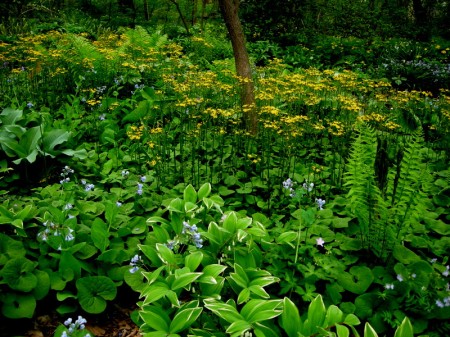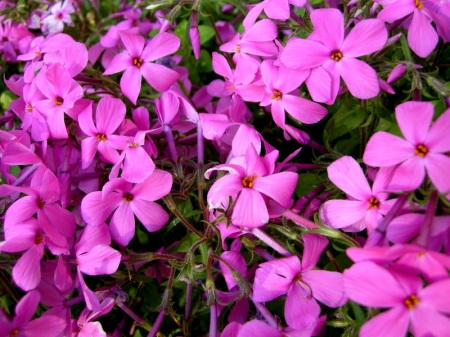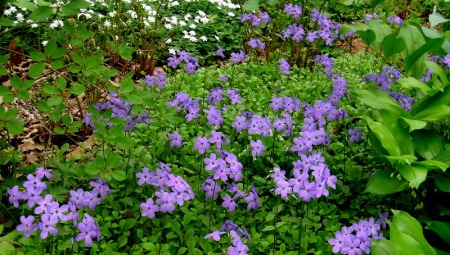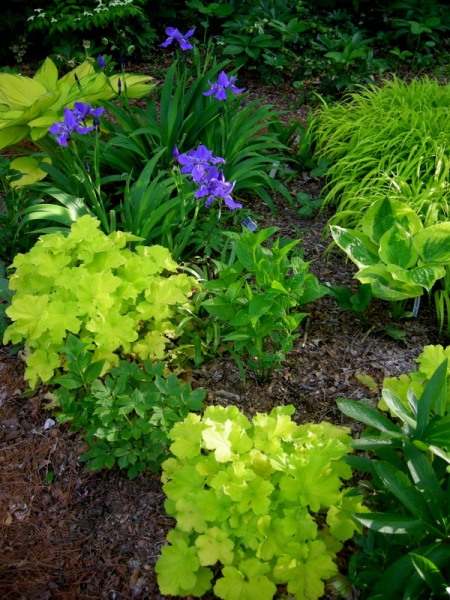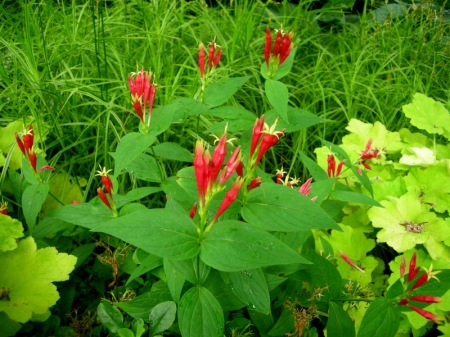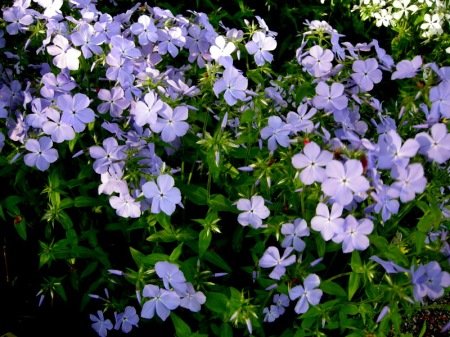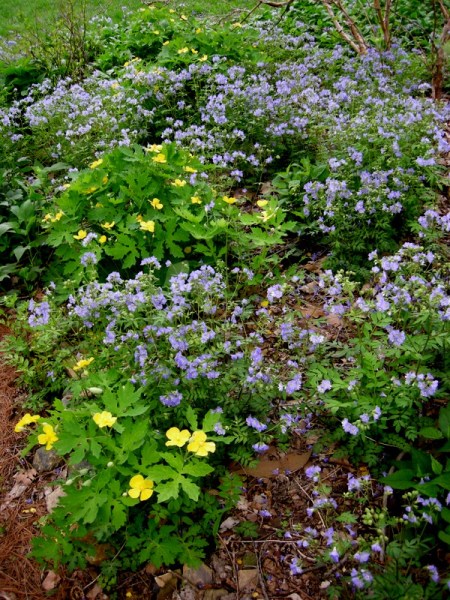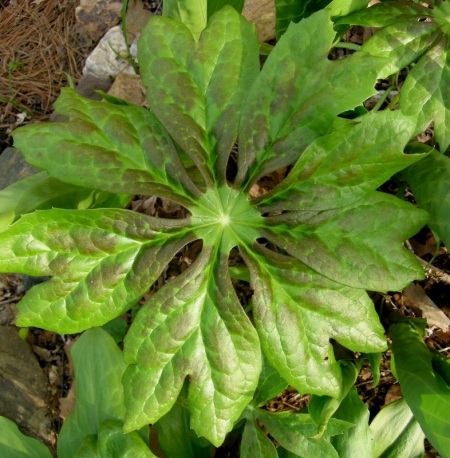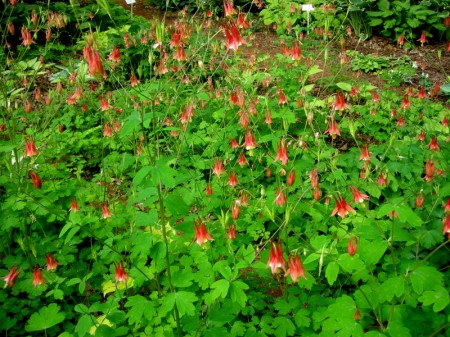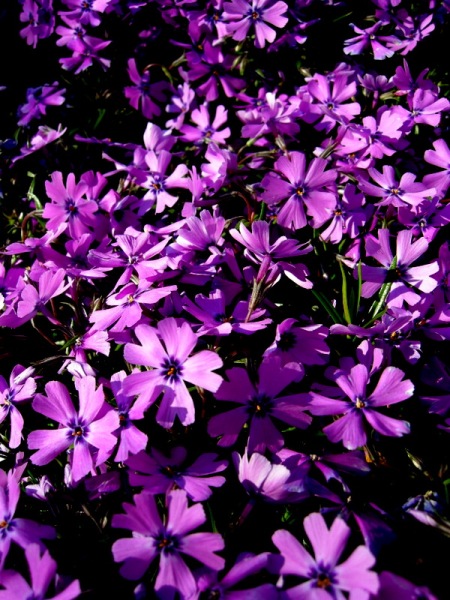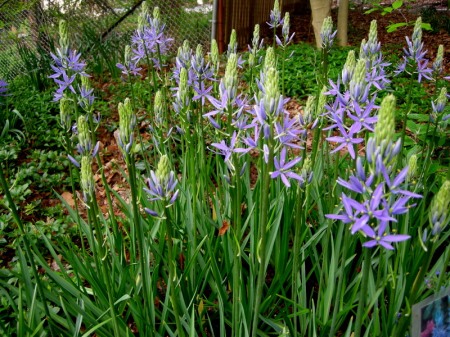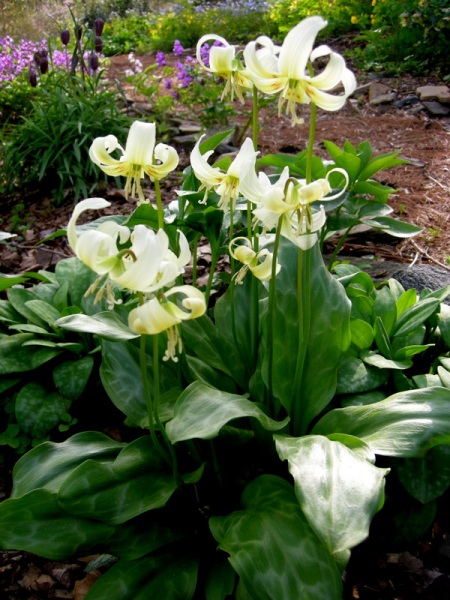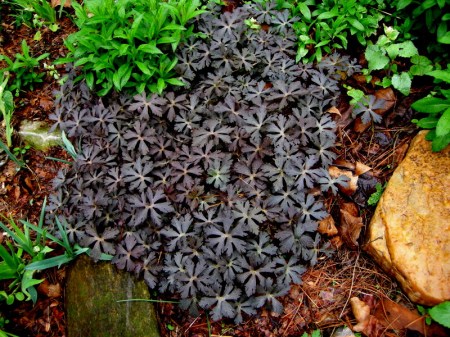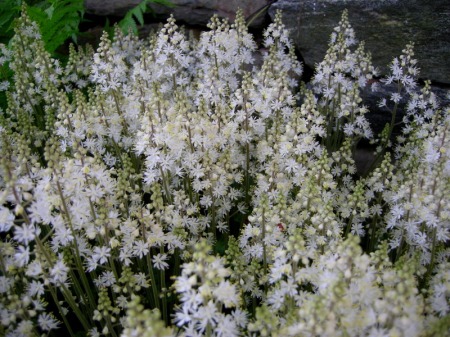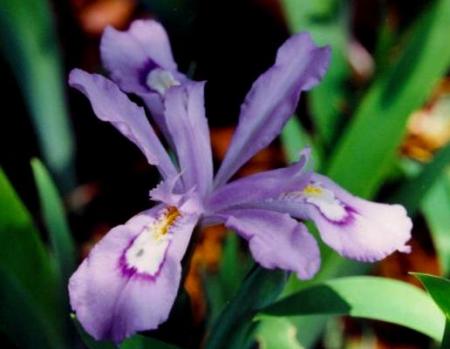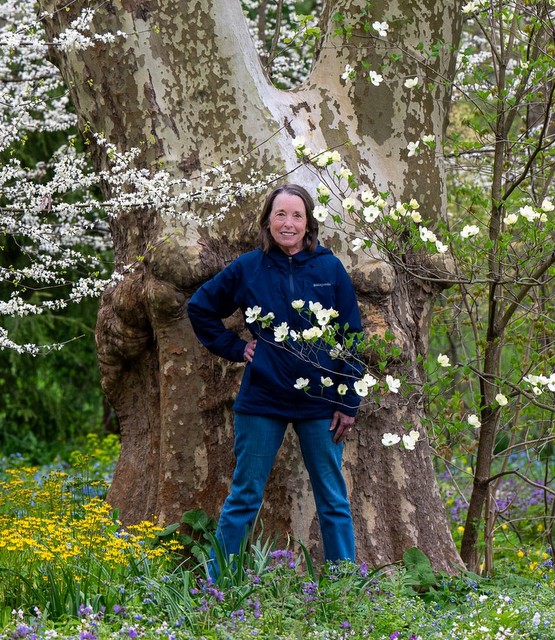 Our woodland is spectacular right now. Here, ‘Royal White’ redbud, Cercis canadensis, underplanted with golden groundsel, Senecio (Packera) aureus.
Our woodland is spectacular right now. Here, ‘Royal White’ redbud, Cercis canadensis, underplanted with golden groundsel, Senecio (Packera) aureus.
More and more of our customers are becoming interested in native plants, which we have been promoting since we opened our nursery in 1992. If you would like to know more about why growing native plants is important to our survival, click here. Every plant in this post is native to Southeastern Pennsylvania unless noted.
Our woodland garden, which is filled predominantly with native plants, is in full bloom right now. If you would like to see a video of our woodland in bloom, there is one on our Facebook page here, just scroll down past upcoming events to videos. Meanwhile, I am going to highlight some of the natives in our woodland in this post.
I am dedicating this post to the volunteers and career emergency personnel at Narberth Ambulance and all the ambulance workers all over the country who are risking their lives daily to help people with COVID-19. In the face of their dedication, any sacrifice that we are asked to make seems minor. Please stay home to save lives. For an inside look at what ambulance workers face right now, please read this excellent article from the Philadelphia Inquirer by clicking here.
Nursery News: Carolyn’s Shade Gardens is a retail nursery located in Bryn Mawr, PA, specializing in showy, colorful, and unusual plants for shade. The only plants that we ship are snowdrops within the US. For catalogues and announcements of local events, please send your full name, mailing address, and cell number to carolyn@carolynsshadegardens.com and indicate whether you are interested in snowdrops. Click here to get to the home page of our website for catalogues and information about our nursery and to subscribe to our blog.
. Celandine poppies, Stylophorum diphyllum, in the front with golden groundsel in the back. Both of these plants should only be grown in a naturalized garden where they can spread. Golden groundsel is a great native substitute for non-native groundcovers like pachysandra, ivy, or vinca. It is evergreen, has beautiful flowers suitable for cutting, grows in even the most difficult site, and covers the ground completely.
Celandine poppies, Stylophorum diphyllum, in the front with golden groundsel in the back. Both of these plants should only be grown in a naturalized garden where they can spread. Golden groundsel is a great native substitute for non-native groundcovers like pachysandra, ivy, or vinca. It is evergreen, has beautiful flowers suitable for cutting, grows in even the most difficult site, and covers the ground completely.
.
 ‘Blue Ridge’ creeping phlox, P. stolonifera, also makes a great evergreen groundcover. ‘Blue Ridge’ is not as vigorous as some of the other creeping phlox cultivars, which can be an advantage if you have a small space.
‘Blue Ridge’ creeping phlox, P. stolonifera, also makes a great evergreen groundcover. ‘Blue Ridge’ is not as vigorous as some of the other creeping phlox cultivars, which can be an advantage if you have a small space.
.
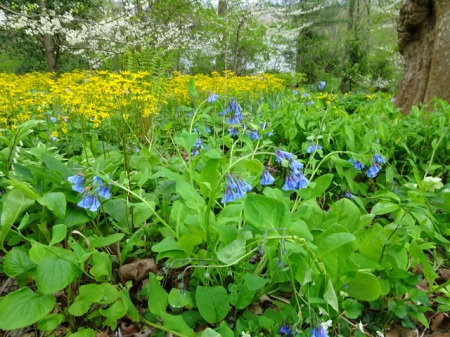 Virginia bluebells, Mertensia virginica, are going by right now, but their true blue flowers have been a highlight for the last two months. They go dormant when it gets hot out.
Virginia bluebells, Mertensia virginica, are going by right now, but their true blue flowers have been a highlight for the last two months. They go dormant when it gets hot out.
.
 Dwarf Jacob’s ladder, Polemonium reptans, in the front with blue flowers, and wild ginger, Asarum canadense, right center under the native dogwood, have moved around on their own to fill large swaths of our woodland.
Dwarf Jacob’s ladder, Polemonium reptans, in the front with blue flowers, and wild ginger, Asarum canadense, right center under the native dogwood, have moved around on their own to fill large swaths of our woodland.
.
 A close up of dwarf Jacob’s ladder and wild ginger.
A close up of dwarf Jacob’s ladder and wild ginger.
.
 ‘Mocha’ coralbells, Heuchera villosa, on the right, western wild ginger, Asarum caudatum (native to the west coast), on the left, surrounded by creeping phlox, P. stolonifera.
‘Mocha’ coralbells, Heuchera villosa, on the right, western wild ginger, Asarum caudatum (native to the west coast), on the left, surrounded by creeping phlox, P. stolonifera.
. There are pink-flowered cultivars of creeping phlox called ‘Home Fires’ and ‘Pink Ridge’, but this is the straight species. My customers didn’t buy it last year as it is so vigorous it doesn’t look as appealing in the pots as the other creeping phlox cultivars. I planted 12 leftover, quart-sized pots, and they completely filled in this large area in one year.
There are pink-flowered cultivars of creeping phlox called ‘Home Fires’ and ‘Pink Ridge’, but this is the straight species. My customers didn’t buy it last year as it is so vigorous it doesn’t look as appealing in the pots as the other creeping phlox cultivars. I planted 12 leftover, quart-sized pots, and they completely filled in this large area in one year.
. Little sweet Betsy or bloody butcher, Trillium cuneatum, is my favorite of the many trilliums in our woodland.
Little sweet Betsy or bloody butcher, Trillium cuneatum, is my favorite of the many trilliums in our woodland.
. Great white trillium, T. grandiflorum, has been seeding through out our patch of white violets, Viola striata. White violets make a great groundcover as they fill in completely and are one of the longest blooming plants in out woodland.
Great white trillium, T. grandiflorum, has been seeding through out our patch of white violets, Viola striata. White violets make a great groundcover as they fill in completely and are one of the longest blooming plants in out woodland.
.
 ‘Sherwood Purple’ creeping phlox surrounds a small grove of ‘Blue Shadow’ fothergilla, F. x intermedia.
‘Sherwood Purple’ creeping phlox surrounds a small grove of ‘Blue Shadow’ fothergilla, F. x intermedia.
.
 This large “river” of ‘Sherwood Purple’ creeping phlox hosts many of the special snowdrops in my collection in late winter and then produces its lovely purple flowers for a long time in early spring. ‘Sherwood Purple’ is another creeping phlox that makes an excellent groundcover.
This large “river” of ‘Sherwood Purple’ creeping phlox hosts many of the special snowdrops in my collection in late winter and then produces its lovely purple flowers for a long time in early spring. ‘Sherwood Purple’ is another creeping phlox that makes an excellent groundcover.
.
 ‘Lynnhaven Carpet’ robin’s plantain, Erigeron pulchellus, has fuzzy, silver-highlighted leaves and daisy-like flowers.
‘Lynnhaven Carpet’ robin’s plantain, Erigeron pulchellus, has fuzzy, silver-highlighted leaves and daisy-like flowers.
.
 ‘Lynnhave Carpet’ spreads quickly to form a weed-choking groundcover.
‘Lynnhave Carpet’ spreads quickly to form a weed-choking groundcover.
.
 Our woodland is almost all native plants with a very narrow path through the center covered in white pine needles.
Our woodland is almost all native plants with a very narrow path through the center covered in white pine needles.
.
.
Blogs are a lot more fun for everyone, especially the writer, when readers leave comments. Scroll down to the end of the page to the box where it says “Leave a Reply” and start typing—-it’s easy!
Carolyn
Notes: Every word that appears in orange on my blog is a link that you can click for more information. If you want to return to my blog’s homepage to access the sidebar information (catalogues, previous articles, etc.) or to subscribe to my blog, just click here.








































